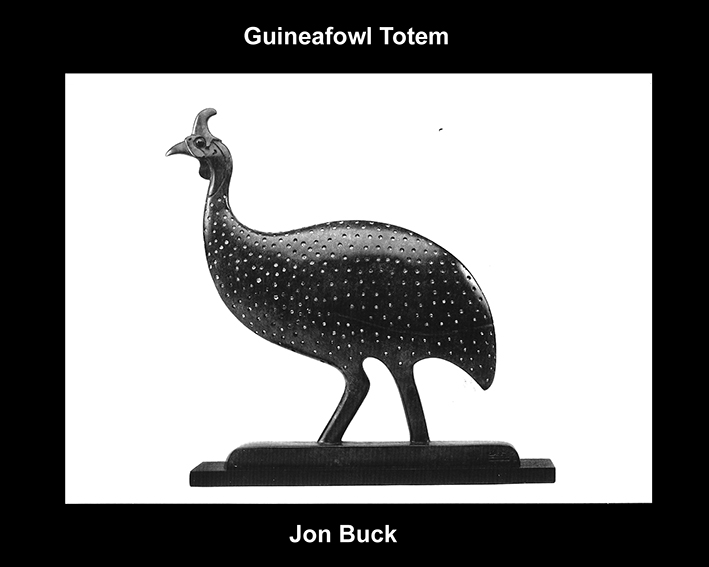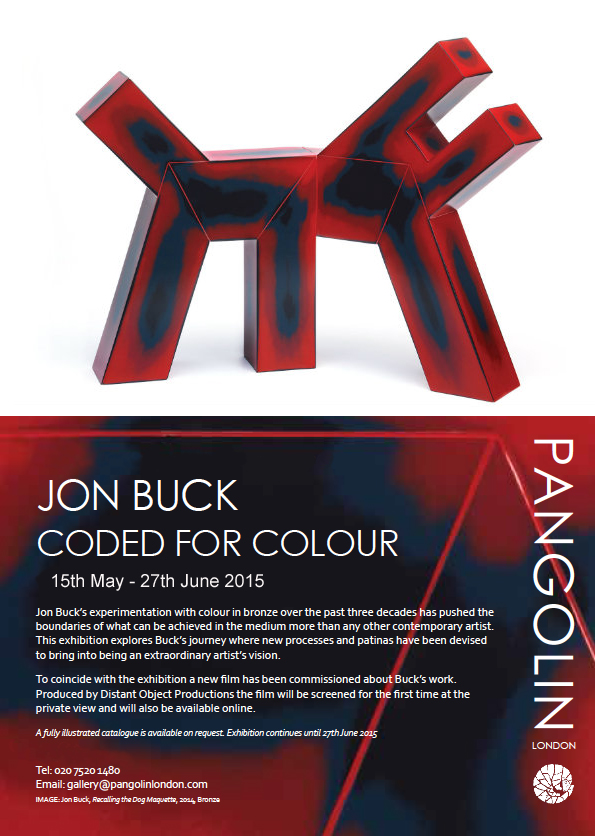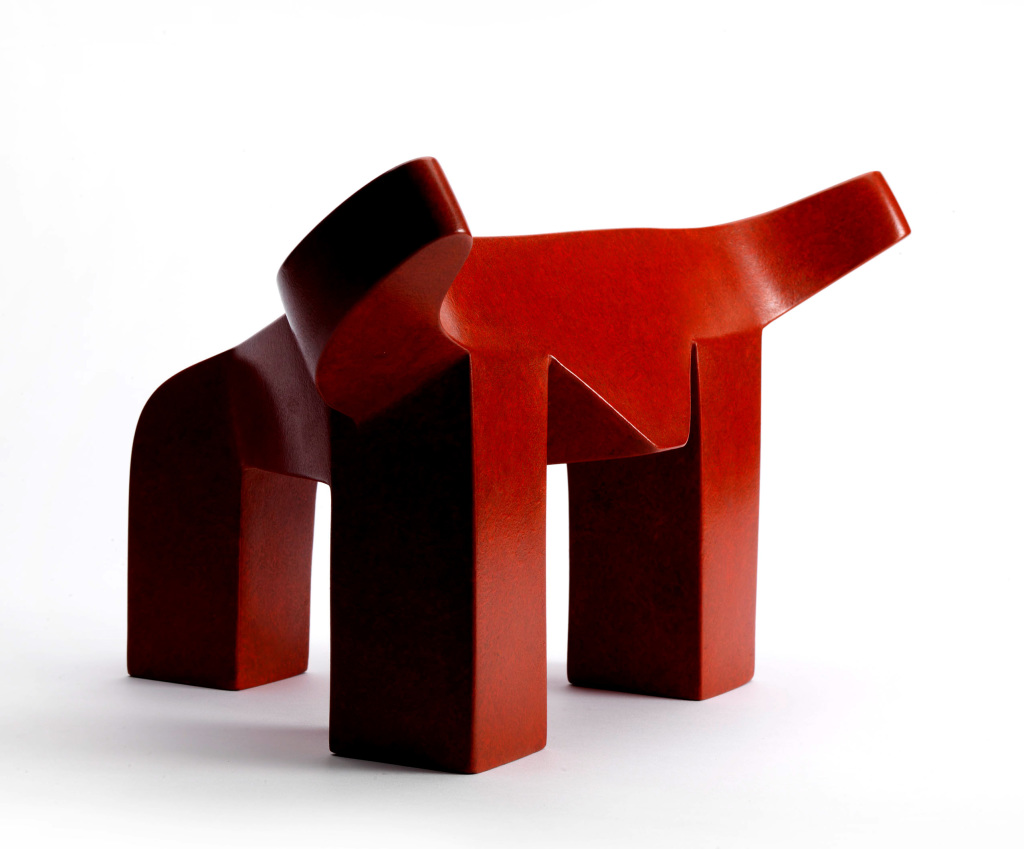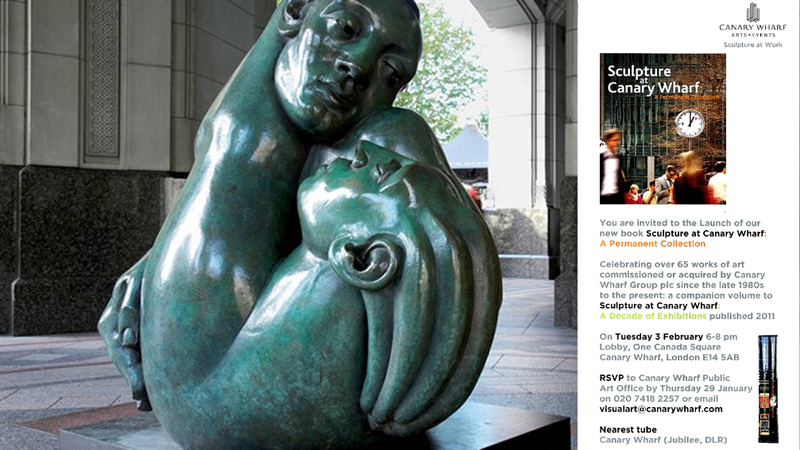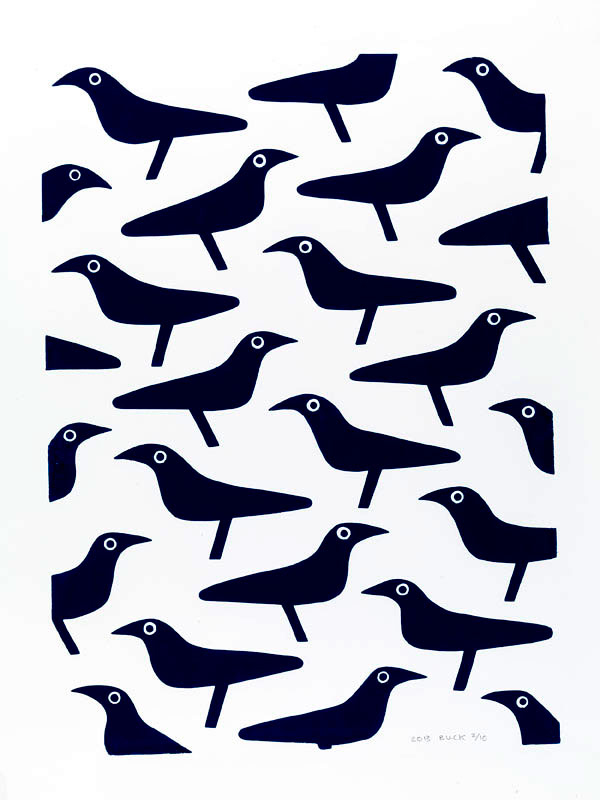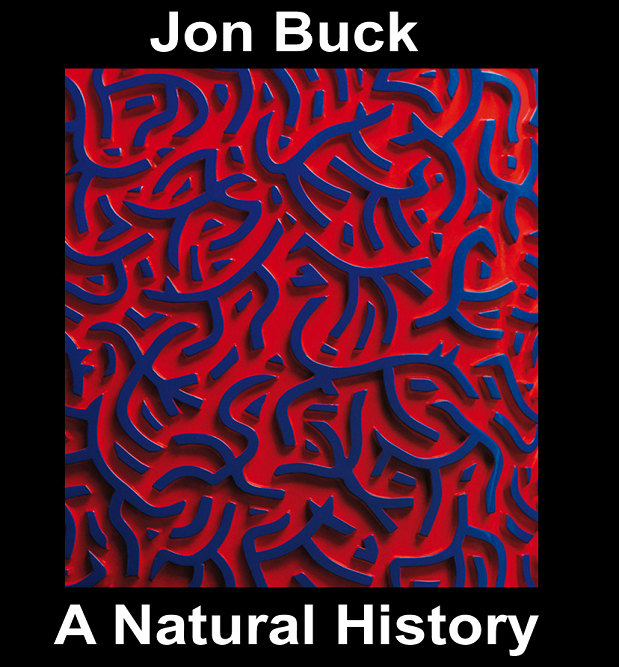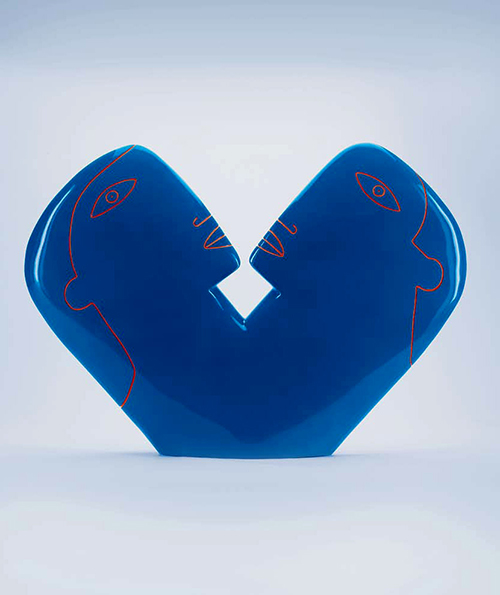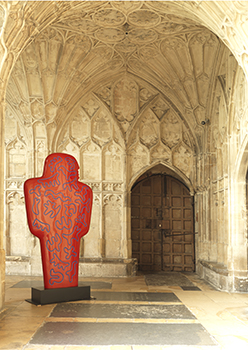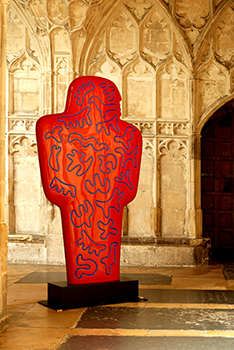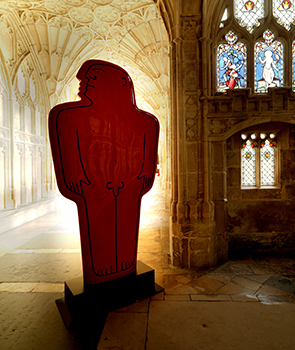Bronze Sculpture
Forging Links
Pangolin Editions
17th –31st January 2015
Forging Links is an exhibition highlighting the work of the Ruwenzori Sculpture Foundation in Britain and in Uganda.
My own contribution and affiliation with the Foundation began in 2005 when I was asked to undertake a bronze sculpture workshop at Makere University in Kampala, Uganda. In asking the students to make simple animal motifs suitable to cast into bronze sculptures, it became apparent that most individuals possessed an animal totem that symbolised their inherited membership of a clan.
Preliminary research could find no surviving ancient visual references to these clan totems. With the establishment of Rwenzori Founders and the Ruwenzori Sculpture Foundation’s Art Centre near Kasese in Western Uganda, I was commissioned to design a series of animal totems that would be suitable for casting into bronze. Virtually unique among the countries of Sub-Saharan Africa, Uganda has little or no surviving tradition of representative visual art. The development of a foundry to cast bronze sculptures would be a unique enterprise, not only in Uganda but in fact in the whole of East Africa. The aim was to design simple aesthetic motifs capable of becoming a visual representation of clan.
The first stage of my research was undertaken in November 2007 when I travelled to Kampala to look into the derivation and origins of the totems that represent the fifty-six clans that make up Uganda’s most prominent tribe, the Baganda people.
In February 2008 I returned to help the foundry team start the process of making and casting the very first bronze sculptures. It is hoped that this enterprise will help the foundry to become self-sustaining, will promote the Ruwenzori Sculpture Foundation’s work in encouraging cultural exchange and will aid the development of contemporary visual art in Uganda.
Now, seven years later, there are over thirty totems being produced as small bronze sculptures by Rwenzori Founders and exhibited in the on-site gallery and in several other locations in Uganda.
This year, 2015, has seen the completion of my six foot high bronze sculpture, ‘Bird in the Bush’. I was commissioned to make this work on my last visit to the Foundation’s Centre in February 2014 and in the two weeks I was there, along with the foundry team, we managed to make and cast the work in twenty individual bronze sections. It has been an enormous task, particularly with the limited facilities available, but over the last year the foundry team have achieved a wonderful monumental bronze sculpture and their success and hard work can be seen in the attached short video.
